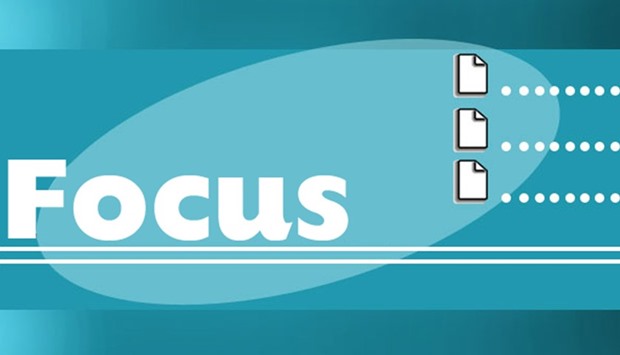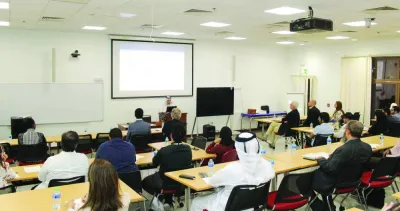“Banks in Qatar have been successful in the past few years in raising funds from abroad, which attest their attractiveness to foreign investors. However, the sharp increase in the external debt of Qatari banks raises their vulnerability to the risk of a shift in investor sentiment or change in global liquidity conditions,” S&P said in a report.
Some of the leading Qatari banks sought external liquidity when deposits of government and government-related entities (GREs), which represented around 70% of public-sector deposits in Qatar and contributed to about 40% of resident deposits over the past four years, fell when oil prices started to decline in the second half of 2014. The banks have managed to attract a “significant” external funding, mostly denominated in the US dollars and short-term debt of about six months, it found.
Qatari banks have used a large portion of this funding to finance typically long-term local projects denominated in domestic currency, resulting in a “significant” open position in the US dollars, it said.
“Although we consider that external funding is a factor to watch for Qatari banks, we don’t believe it is an imminent threat to the health of the system or the creditworthiness of QNB,” S&P said, adding the offsetting factors included the expected stability of the peg between the Qatari riyal and the US dollar, which could otherwise inflate the value of external debt.
The Qatar Central Bank (QCB) introduced a regulation in 2016 that caps a bank’s foreign currency open position in US dollars at 25% of capital and reserves, but “we expect the implementation of this circular to take some time given that the Qatari banking system is starting off with an even higher open position,” S&P said.
Since external funding is now dominated by short-dated corporate and bank deposits, S&P sees a risk of a decrease in liquidity in case of a sudden shift in investor sentiment or a drying up of global liquidity.
“However, we see this risk as limited in the next 12-24 months because of our view that global liquidity will remain relatively abundant,” the rating agency said, adding it also took comfort from the highly supportive approach of the Qatari authorities toward their local banking system.
S&P hopes that Qatari banks would use their external assets to repay a portion of these funds if investors so choose and expect that government support will be forthcoming should the need arise.
At end-2016, the QCB had QR113.9bn of international reserves, though down from QR155.2bn at end-2014. The Qatar Investment Authority (the country’s sovereign wealth fund) has also accumulated significant investments over the past several years.
Highlighting that at year-2016, Qatari banks had QR270bn of foreign assets, mainly interbank placements and credits abroad, it said “we understand that a large portion of the credits abroad are to Qatari entities with foreign activities or entities that have interests or links with Qatar.”
In 2016, the stock of foreign assets increased 21% against a 45.8% increase in gross external debt. The balance sheets of Qatari banks shows that a “significant” portion of the external funding raised in 2016 went towards local lending.
In 2016, the local lending expanded by QR83bn, most of which went to public-sector (67%), particularly to the government. The next largest share was for real estate (11%).



